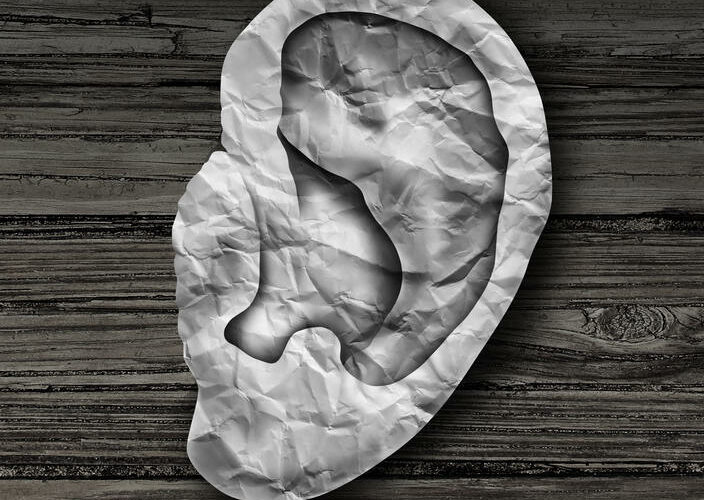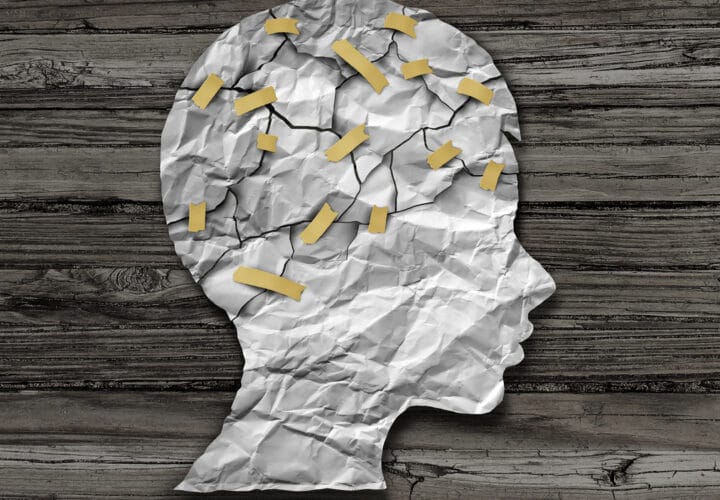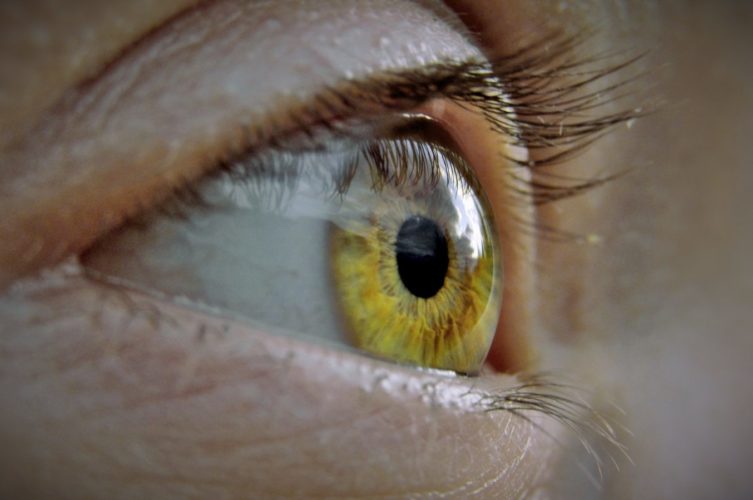At the National Alzheimer’s Summit, experts stressed that it is possible for people to reduce their risk of developing dementia by making certain lifestyle changes.
While scientists are inching closer to finding new treatments for Alzheimer’s disease, the most common cause of dementia, there are more than five million Americans living with Alzheimer’s. By 2050, that number is expected to grow to nearly 14 million. As mounting evidence shows that lifestyle choices can reduce risk of developing Alzheimer’s, clinicians, advocacy groups, politicians and celebrities are now rallying to raise awareness of ways to reduce risk of developing dementia.
“UsAgainstAlzheimer’s is leading an effort to encourage our government leaders to embrace a national prevention goal for Alzheimer’s,” Mandy Moore, an ambassador of the Be Brain Powerful campaign, said at the UsAgainstAlzheimer’s 2020 National Alzheimer’s Virtual Summit. “This is a groundbreaking effort to reshape the national conversation we have around this disease.”
On the award-winning NBC family drama television series ‘This Is Us,’ Moore is an actress playing the character Rebecca, who was diagnosed with mild cognitive impairment likely due to Alzheimer’s. “How can we lower our risk? [It’s an] important question,” she said. “We can do that by caring for our minds and our bodies, focusing on our mental and emotional health, eating well, sleeping, and exercising.”
Researchers agree that people of all ages can, to varying extents, make lifestyle choices to improve brain health and reduce their risk of dementia. In a recent report by the Lancet Commission on dementia prevention, intervention, and care, scientists found 12 risk factors throughout life, from obesity and excessive alcohol consumption to smoking and physical inactivity, could potentially delay or prevent two in five dementia cases worldwide.
Experts at the town hall of the summit titled “Building a Movement Across the Life Span to Prevent Dementia“ discussed the findings of the Lancet Commission and the importance of addressing the risk factors of dementia.
“Most adults think you can’t do anything about dementia or cognitive decline: so why would you do anything? First and foremost you can do something,” said Dr. Charlotte Yeh, the chief medical officer of AARP Services who was not involved in the study.
Hearing loss is the leading risk factor for people aged 45 to 65.
According to Dr. Yeh, hearing loss is an “epidemic of silence.” Dr. Gill Livingston, an author of the report, added that the stigma of wearing hearing aids remains an obstacle to increasing adoption rates: People may feel that wearing hearing aids signal that they’re incapable.
While hearing is crucial for people to stay socially connected and keep their brains active, fewer than one in three adults aged 70 and older who could benefit from wearing hearing aids have ever used them. Among adults aged 20 to 69 who could benefit from hearing aids, only about 16 percent have ever used them.
“My father has age-related hearing loss and for 10 years, he absolutely refused to get a hearing aid, or even get his hearing tested,” Dr. Yeh said. “Over the years, we thought he was getting dementia. He was sitting by himself. He wasn’t talking to people.”
After Dr. Yeh’s mother was locked out of the house for half an hour because her father didn’t hear the doorbell ring, “he finally admitted [about his hearing loss] and got a hearing aid,” she said. “Two months later, we saw him at a family reunion. He was regaling people with stories. He was telling jokes. He walked with confidence and stride.”
Social isolation, which accounts for four percent of dementia cases, is the second leading risk factor along with depression for people older than the age of 65.
Interacting with others keeps people’s brains active and healthy, Dr. Livingston previously told Being Patient, and forming social connections can enhance people’s cognitive reserves. And she urged people to look for activities they may find pleasurable in doing with others.
Dr. Eduardo Sanchez, chief medical officer for prevention at the American Heart Association, also noted: “Reach out and touch somebody who may [not] have the same level of social contact that the rest of us may have every single day.”
Traumatic brain injury, the second leading risk factor for people between the ages of 45 to 65, accounts for three percent of dementia cases worldwide.
Traumatic brain injury in midlife is often caused by injuries sustained from automobile, sports accidents and exposure to blasts among members of the military. And it is linked to abnormal tau proteins, a biomarker of Alzheimer’s.
Chris Nowinski, PhD, co-founder and CEO of Concussion Legacy Foundation, said while scientists now understand the devastating impact of brain injuries in midlife, he also noted that researchers are beginning to study the dangers of repetitive head impacts in youth, which often occurs in sports.
Indeed, repeated blows to the head, or subconcussive impacts, that do not lead to clinical diagnosis of a concussion, can also damage the brain. In past research, scientists found that high school football players who weren’t diagnosed with a concussion or showed symptoms of a concussion still experienced brain changes over the course of a season.
In Nowinski’s case, not only did his involvement with football beginning at his youth expose him to head injuries, but it also led to health conditions that are risk factors of dementia. In high school, he became an offensive linemen and to build size for his position, he began gaining weight prolifically. As a freshman in college, he was diagnosed with high blood pressure. He is currently clinically obese. And he has been diagnosed with roughly 15 concussions over the years.
“Now I’m 42, and I’ve got two young kids, and I’m like, ‘Oh my god, I’ve really got to scramble to lower my risk factors,’” Nowinski said. “I’ve done so much damage, all in the past and then a lot of it as a minor. I’m in the midst of a weight loss contest right now. I’m trying to get under 270 [pounds] but part of the problem is it’s hard to lose the weight once you put it on. I’m still being medicated for high blood pressure.”
It’s never too early to start talking about dementia prevention, Nowinski said, adding that it is critical to recognize that, throughout life, there are decisions people can make that will help reduce their risk of developing dementia.
Contact Nicholas Chan at nicholas@beingpatient.com





I agree with the opinions about hearing loss—mine was the result of massive doses of an antibiotic that caused hearing loss but saved my life. I have been wearing hearing aids for 4 years but a huge deterrent is cost and finding ones that work best for you (this may take several adjustments until it is right). Too often people can’t afford anything but the BIG, ugly ones that do not have the best ranges of adjustment. If they are unhappy with the fit, it will have been a waste of money which most retirees can’t afford.